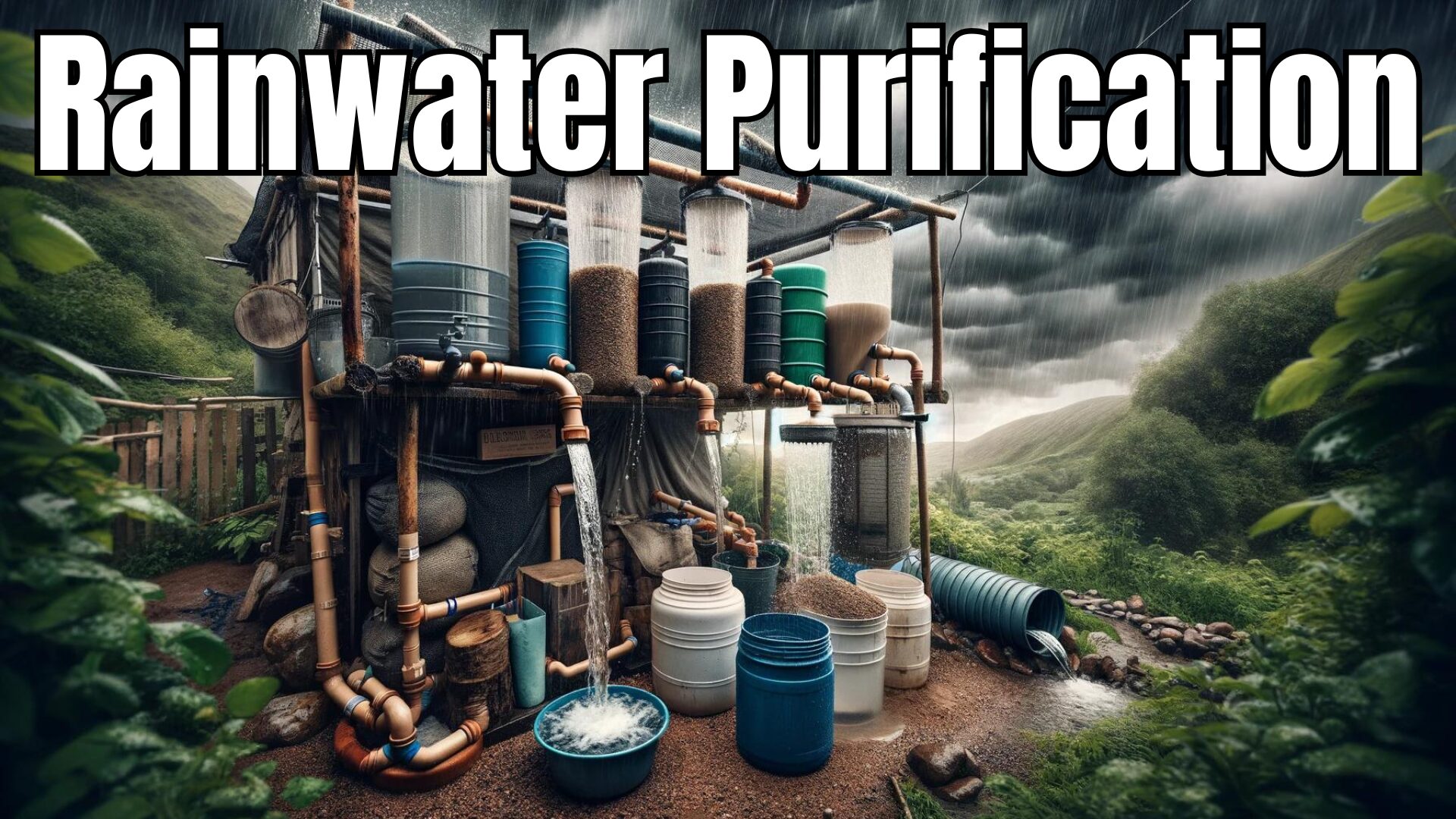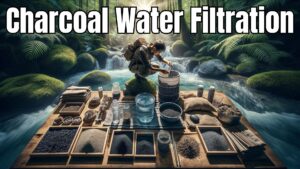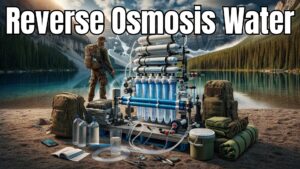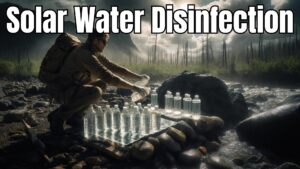Diving into the world of rainwater harvesting unveils a sustainable treasure trove for both your wallet and the planet.
From simple rain barrels to sophisticated systems, embracing this age-old practice not only quenches your garden’s thirst but also contributes to a better day of being a prepper.
Table of Contents
Understanding Rainwater Purification
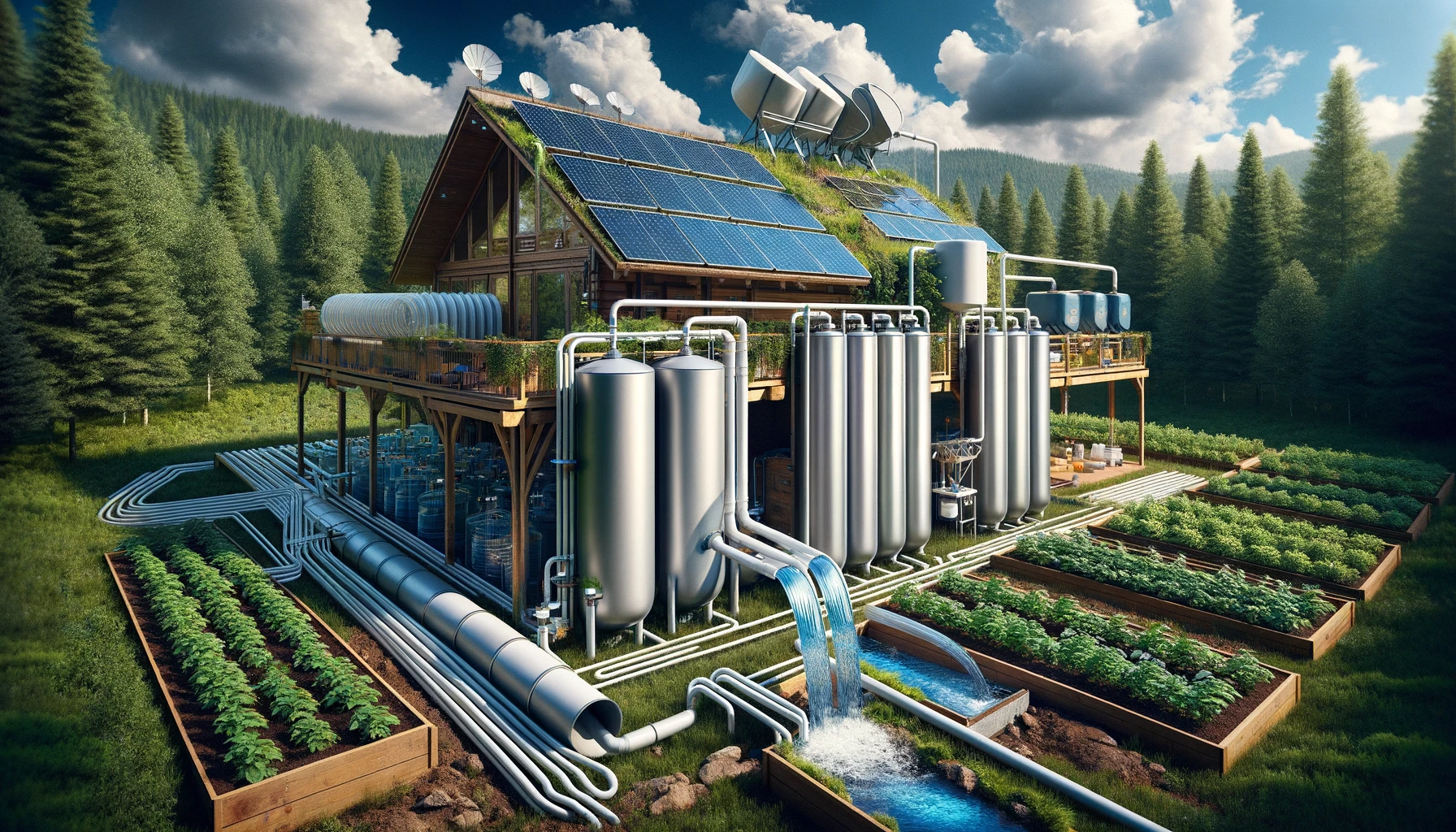
Rainwater Collection Basics
When it comes to using rainwater for drinking, a key initial step is to collect rainwater using a designated system, usually comprising a roof, gutters, and downspouts that channel water into a collection tank.
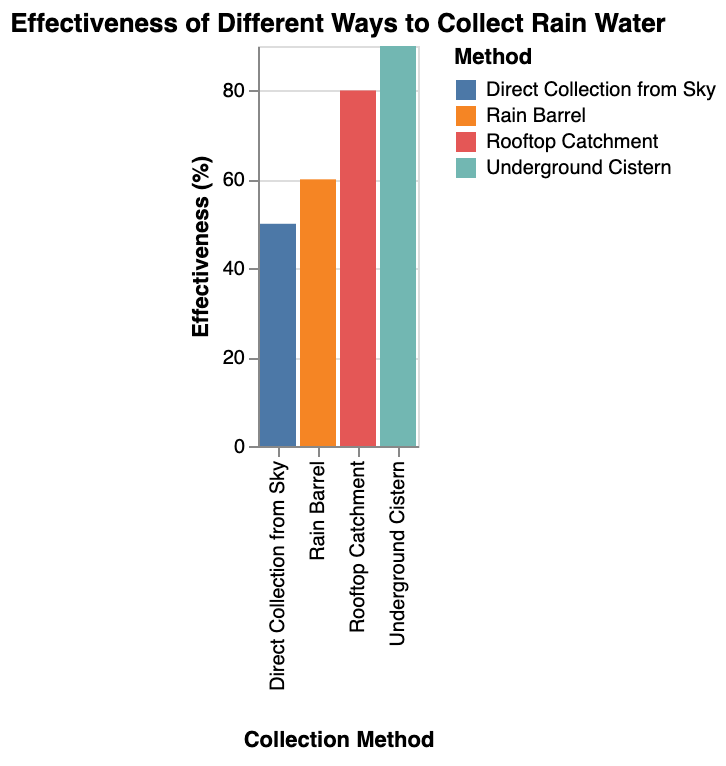
The collected rainwater is not immediately suitable for consumption as it may contain contaminants.
That’s where filtration plays a crucial role.
| FILTER TYPE | EFFICIENCY | COST | MAINTENANCE REQUIRED |
|---|---|---|---|
| Mesh Screen | Low – Moderate | Low | Regular cleaning to remove debris |
| Carbon Filter | High | Moderate | Periodic replacement of filter media |
| Sediment Filter | Moderate – High | Low – Moderate | Regular cleaning or replacement of filter |
| Reverse Osmosis | Very High | High | Regular filter replacement, membrane cleaning |
| UV Purification | High | Moderate | Periodic lamp replacement, cleaning of quartz sleeve |
| Ceramic Filter | Moderate – High | Moderate | Regular cleaning with brush, occasional replacement |
| Ion Exchange | Moderate – High | Moderate | Regular regeneration or replacement of resin |
By installing a water filter (which could be a mesh screen, a carbon filter, or a sediment filter), you can effectively purify the rainwater for drinking purposes.
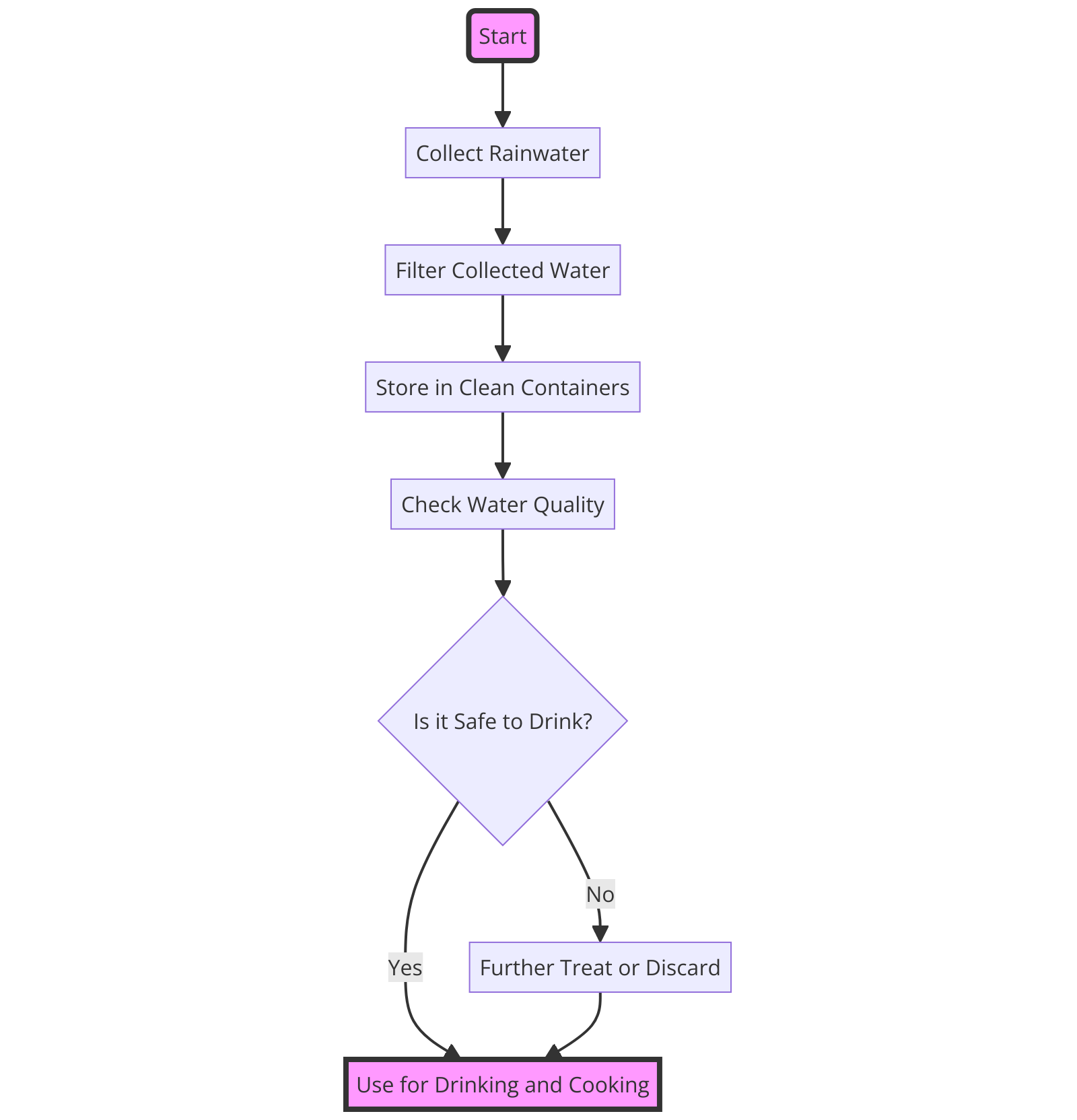
Purification Techniques
To further ensure the safety of rainwater for drinking, additional filtration methods should be implemented.
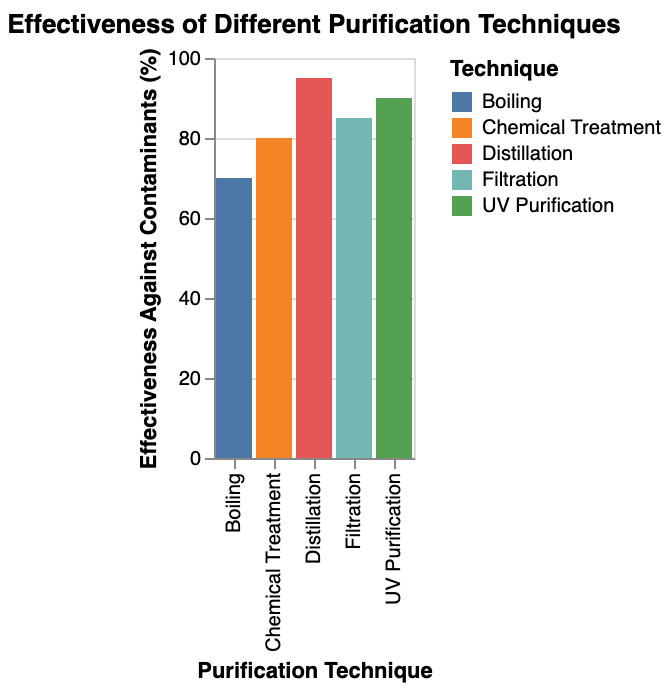
UV purification is highly effective in killing bacteria and pathogens that may be present in the water.
Additionally, using chemical treatment, such as chlorine or ozone, can help in disinfecting the water.
These steps are crucial to harvest, purify, and use rainwater for clean water consumption.
Pre-Filtration Methods: Making Rainwater Safe to Collect
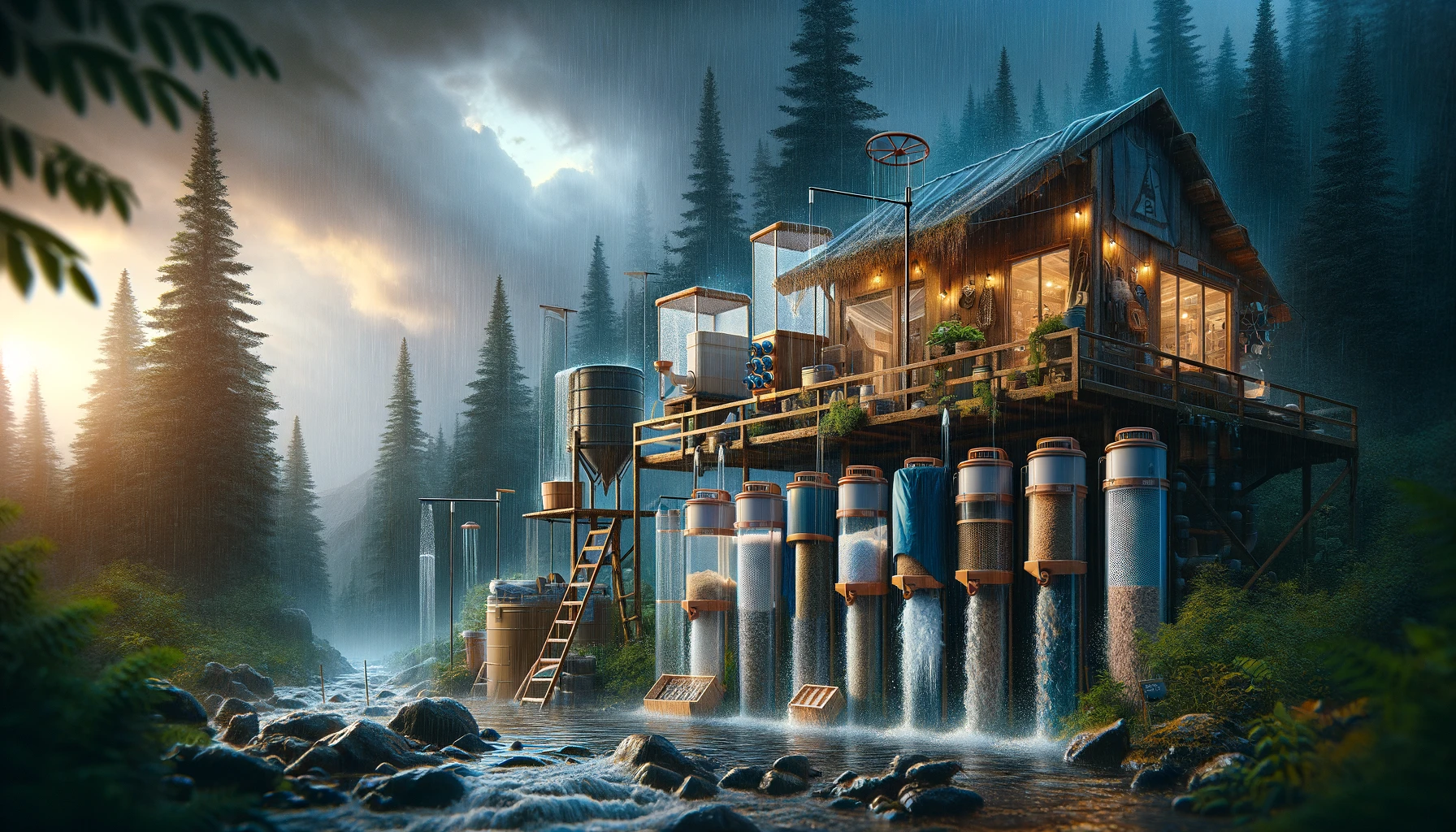
Understanding the Basics
When it comes to making rainwater safe to collect for potable use, pre-filtration is a crucial step in ensuring your water supply is free from contaminants.
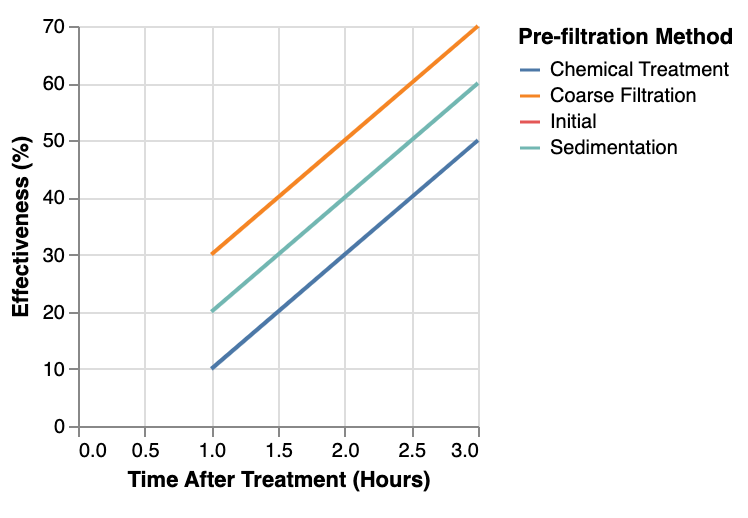
Installing a proper filtration system before storing rainwater can significantly improve its quality and make it safe to drink.
| PRE-FILTRATION METHOD | COMMON CONTAMINANTS REMOVED | EFFICIENCY |
|---|---|---|
| Chlorine Treatment | Bacteria, viruses, parasites, some organic compounds | High |
| Chlorine-resistant protozoa (e.g., Cryptosporidium) | Moderate – High | |
| Heavy metals (e.g., lead, mercury) | Low – Moderate | |
| Sediment, dirt, debris | Low – Moderate | |
| UV Light Treatment | Bacteria, viruses, parasites | Very High |
| Chlorine-resistant protozoa (e.g., Cryptosporidium) | High | |
| Organic compounds | Low – Moderate | |
| Heavy metals | Low – Moderate | |
| Sediment, dirt, debris | Low – Moderate |
This usually involves using chlorine or other disinfection methods to treat the water before further purification.
Implementing the Right Techniques
To get started with pre-filtration, consider incorporating these essential steps into your rainwater system:
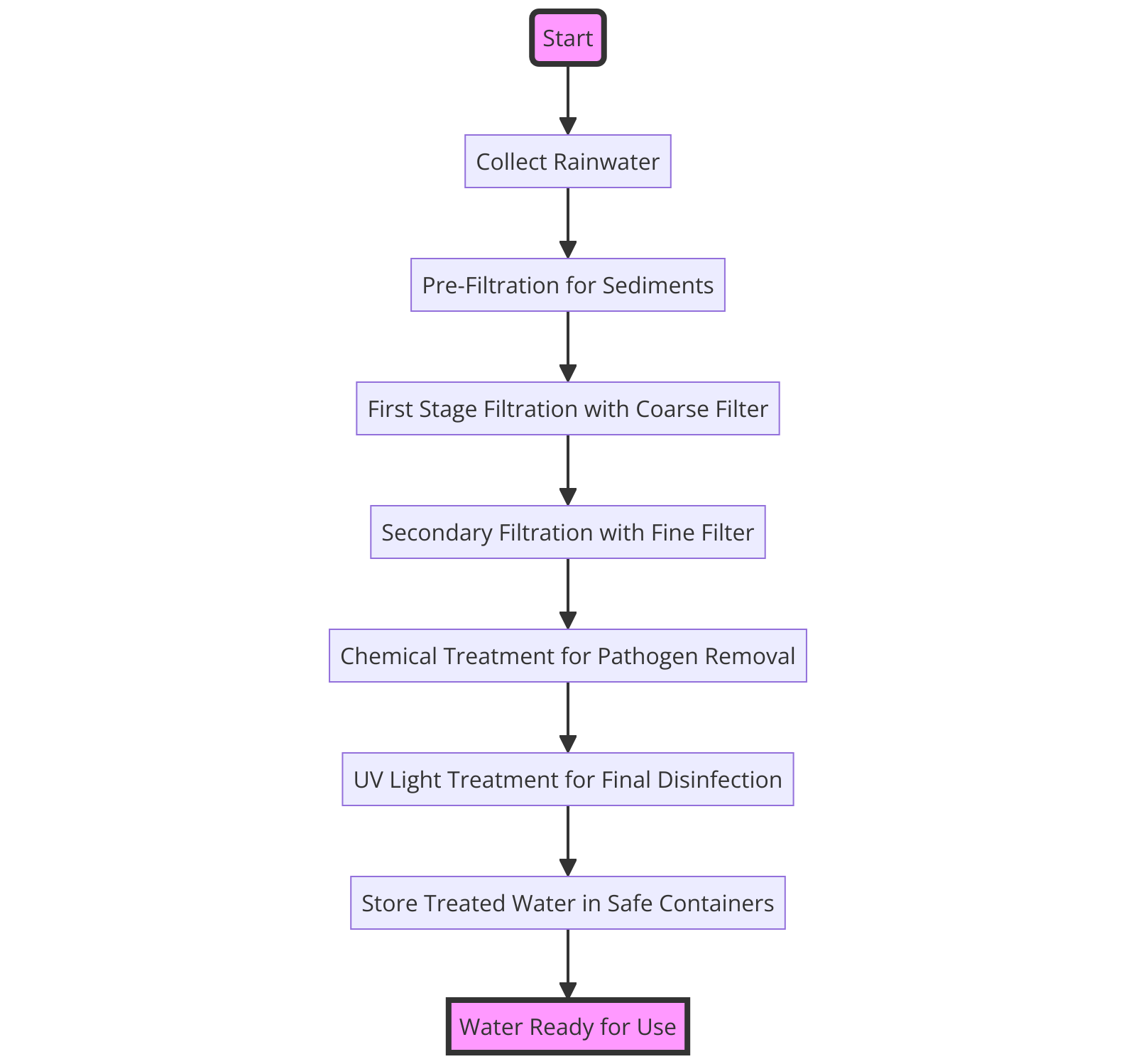
- Installing a water pump with a sediment filter to remove debris and larger particles.
- Adding a chlorine injection system to kill bacteria and disinfect the water.
- Using a uv light treatment to target harmful microorganisms, further ensuring the water is safe to drink.
- Employing reverse osmosis or water storage systems to eliminate remaining impurities and make the water potable.
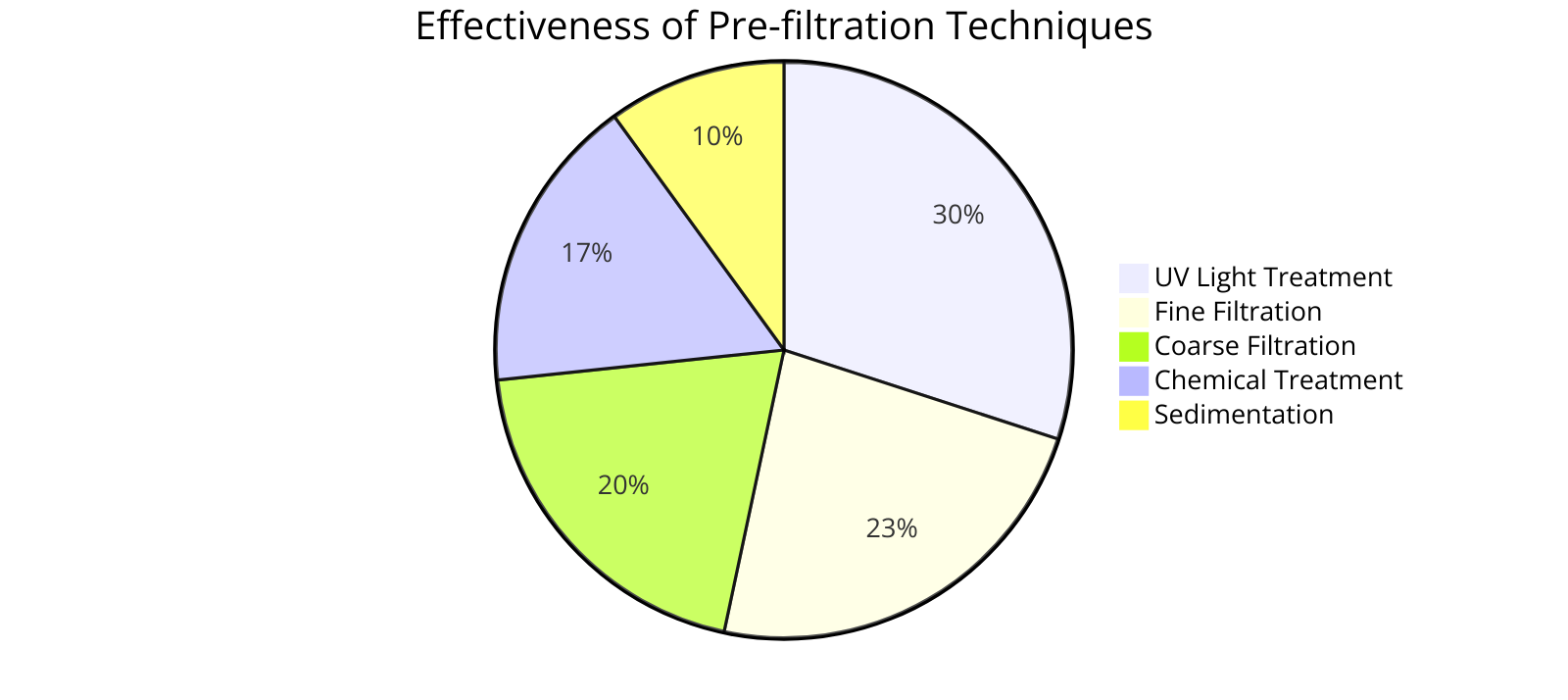
Key Filtration Techniques to Purify Collected Rainwater
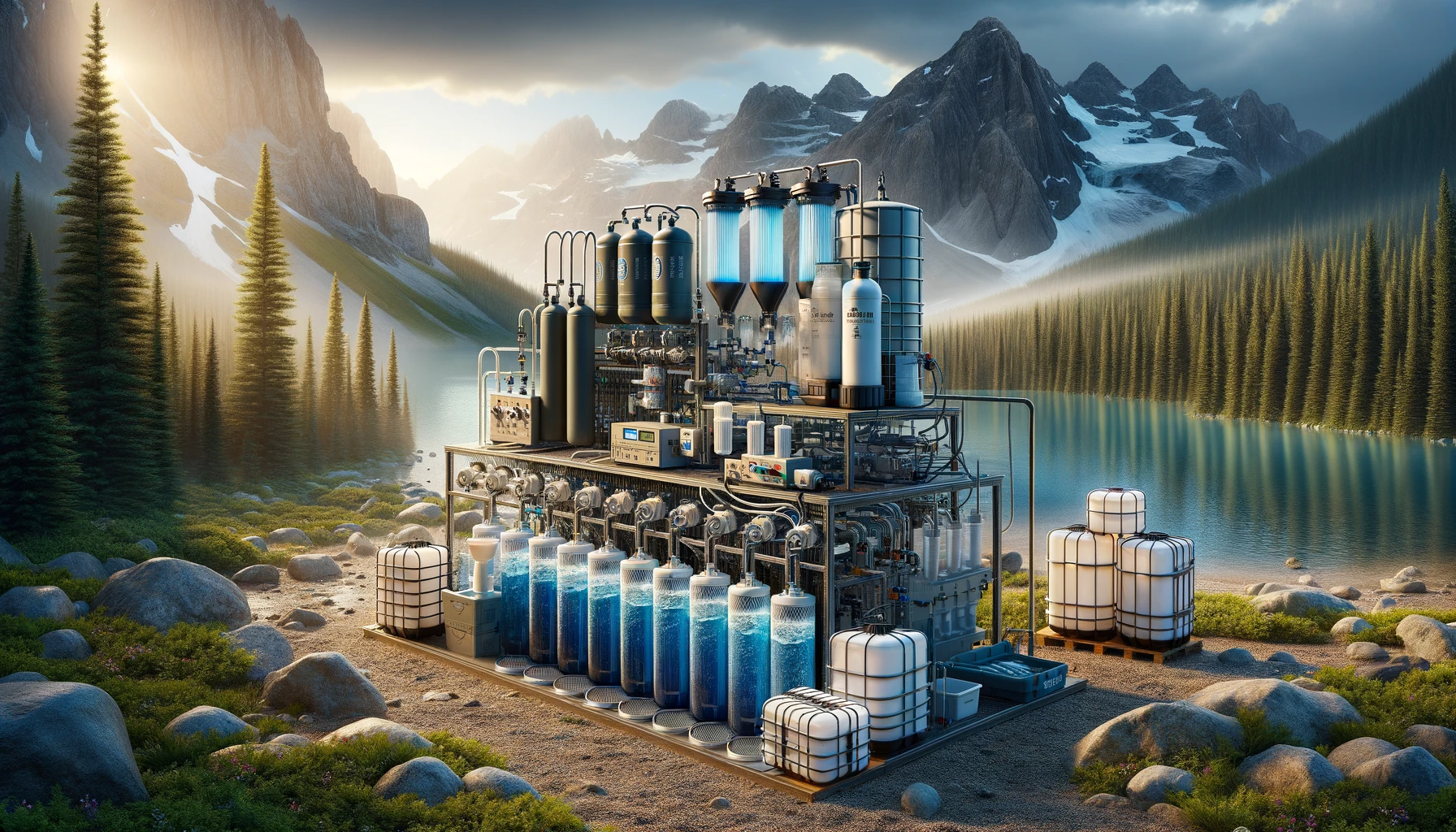
Using Distillation to Remove Contaminants
Distillation is a simple yet effective method to purify rainwater.
By boiling the water and collecting the steam, impurities are left behind.
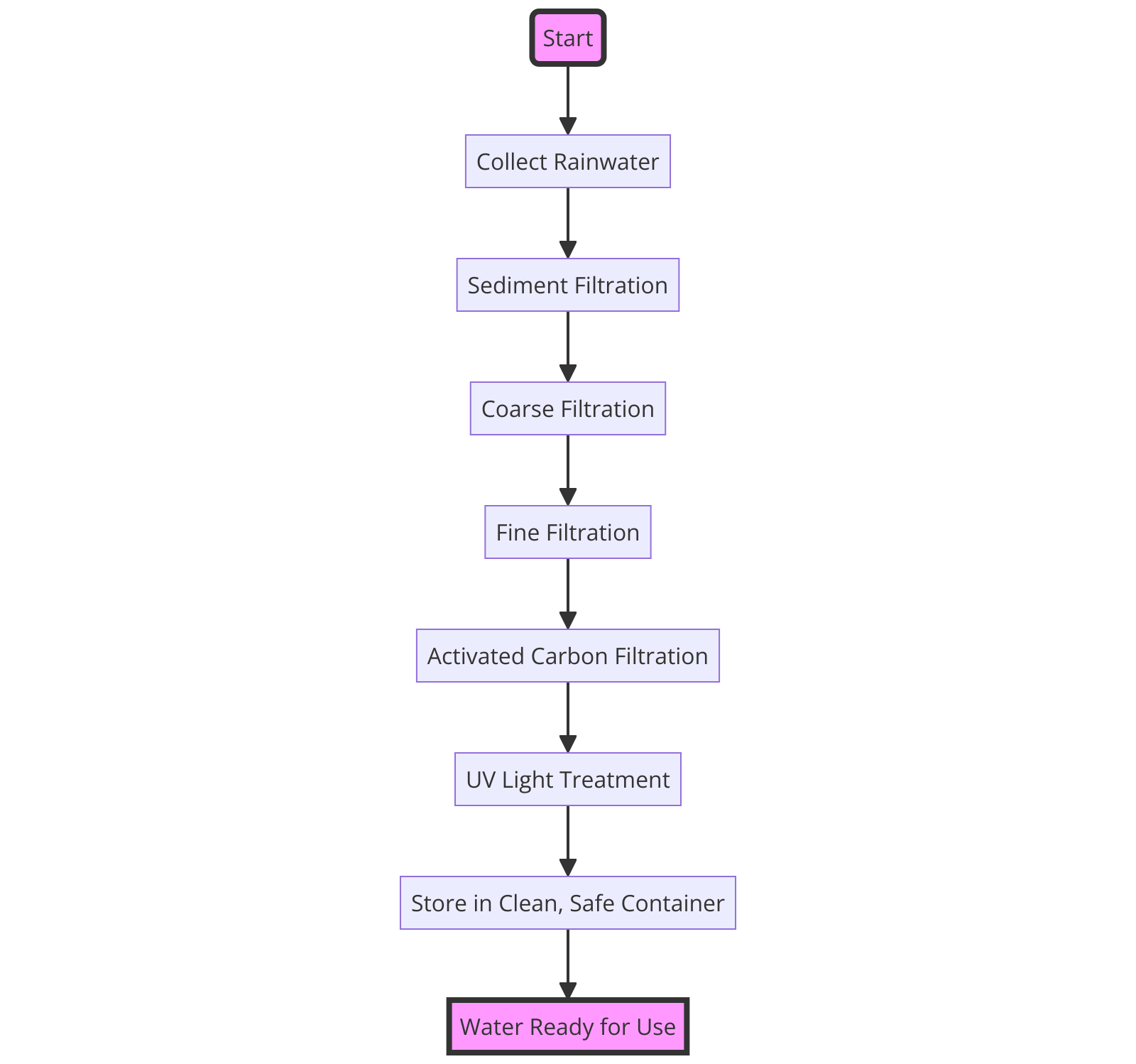
It’s like a natural purification process to ensure the water is safe to drink.
Distillation can eliminate various pollutants, such as particulate matter, microorganisms, and harmful chemicals.
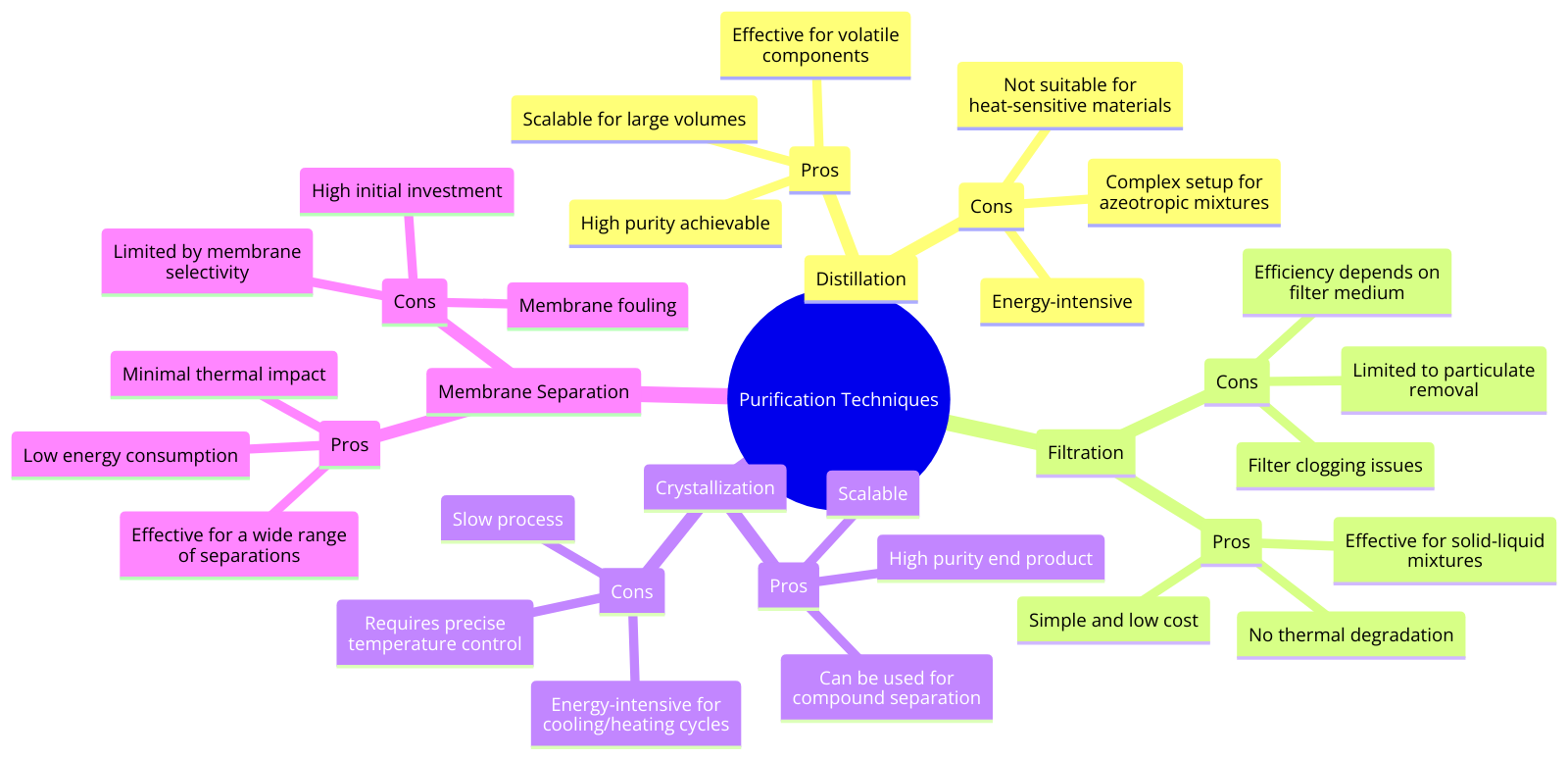
Activated Charcoal for Purification
Adding activated charcoal to your water storage tank can help in removing impurities and odors from rainwater.
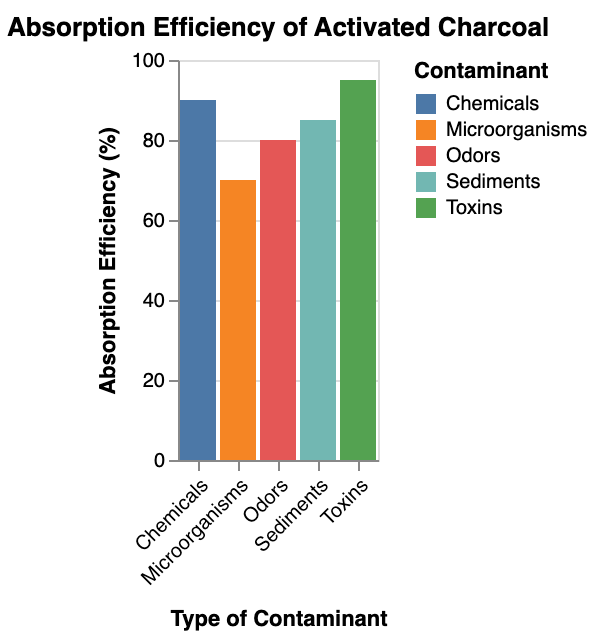
The charcoal acts as a filter, trapping contaminants and ensuring the water you collect is safe to drink.
It is a cost-effective and environmentally friendly way to improve the quality of your rainwater.
UV Purification and Chemical Treatment for Drinking Water Safety
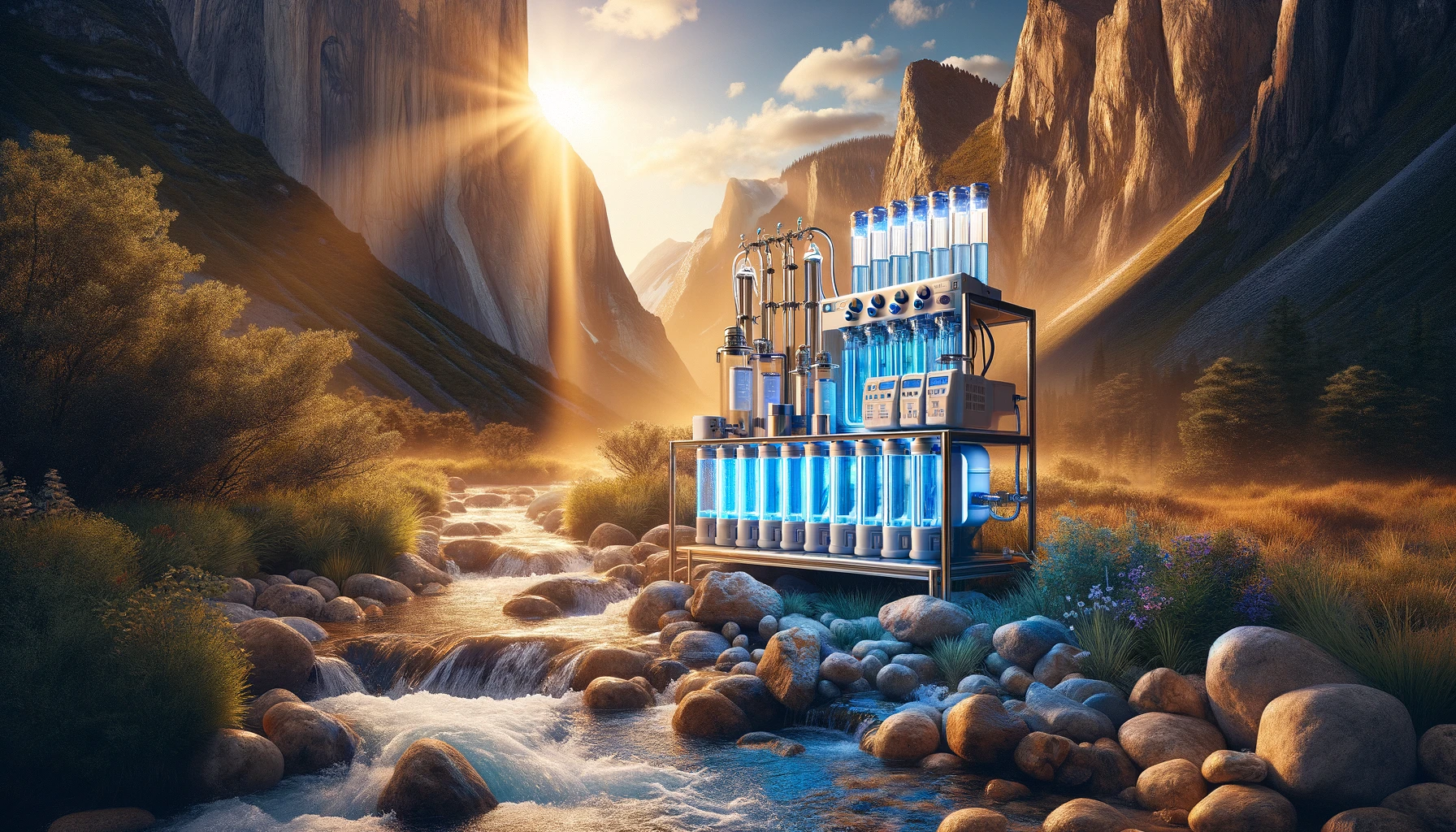
Using Charcoal Filters for Enhanced Purification
If you’re collecting rainwater for drinking, investing in a charcoal filter can significantly improve the quality of your water.
These filters are particularly effective at removing VOCs (volatile organic compounds) and sulfur from rainwater, ensuring that your water is safe to drink.
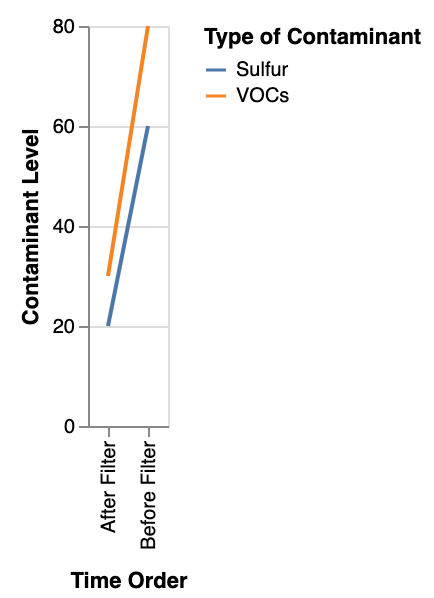
By combining a charcoal filter with UV purification or chemical treatments, you can create a reliable system for filtering rainwater at home.
| FILTER MEDIUM | CONTAMINANTS REMOVED | STRENGTHS OF CHARCOAL FILTERS |
|---|---|---|
| Activated Carbon | Organic compounds, chlorine, some microorganisms | Excellent adsorption for organic chemicals, odor/taste |
| Ion Exchange | Heavy metals, some dissolved salts, some microorganisms | Effective for softening water |
| Reverse Osmosis | Heavy metals, dissolved salts, bacteria, viruses | Effective for desalination, microorganism removal |
| Ceramic | Bacteria, parasites, sediment, some microorganisms | Effective for microorganism removal, sediment filtration |
| UV Light | Bacteria, viruses, parasites, limited organic compounds | Effective sterilization of microorganisms |
Implementing UV Purification Alongside Rainwater Collection
In addition to using a charcoal filter, consider incorporating UV purification into your rainwater collection system to eliminate harmful bacteria and viruses.
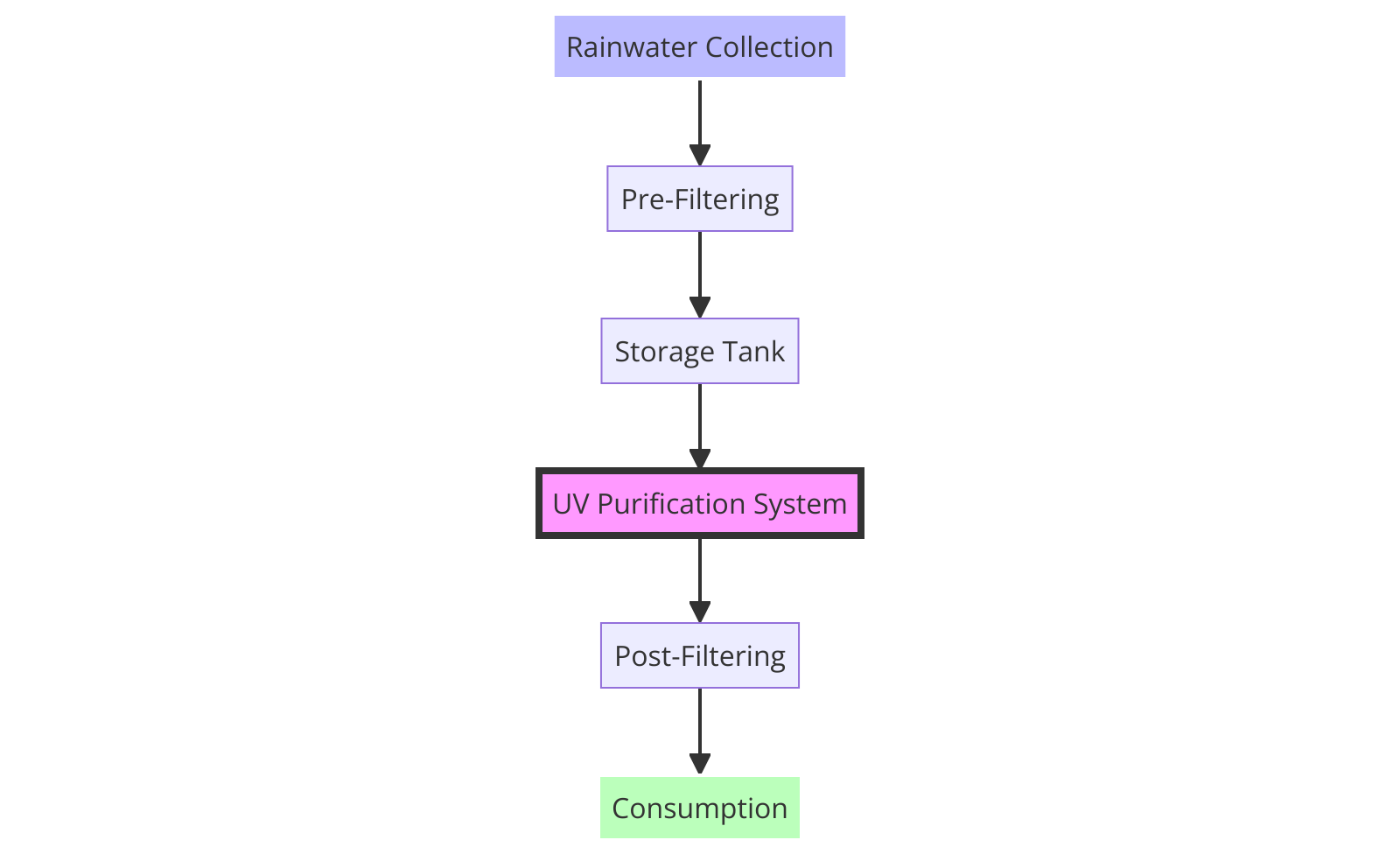
This step is crucial for preventing waterborne diseases like hepatitis.
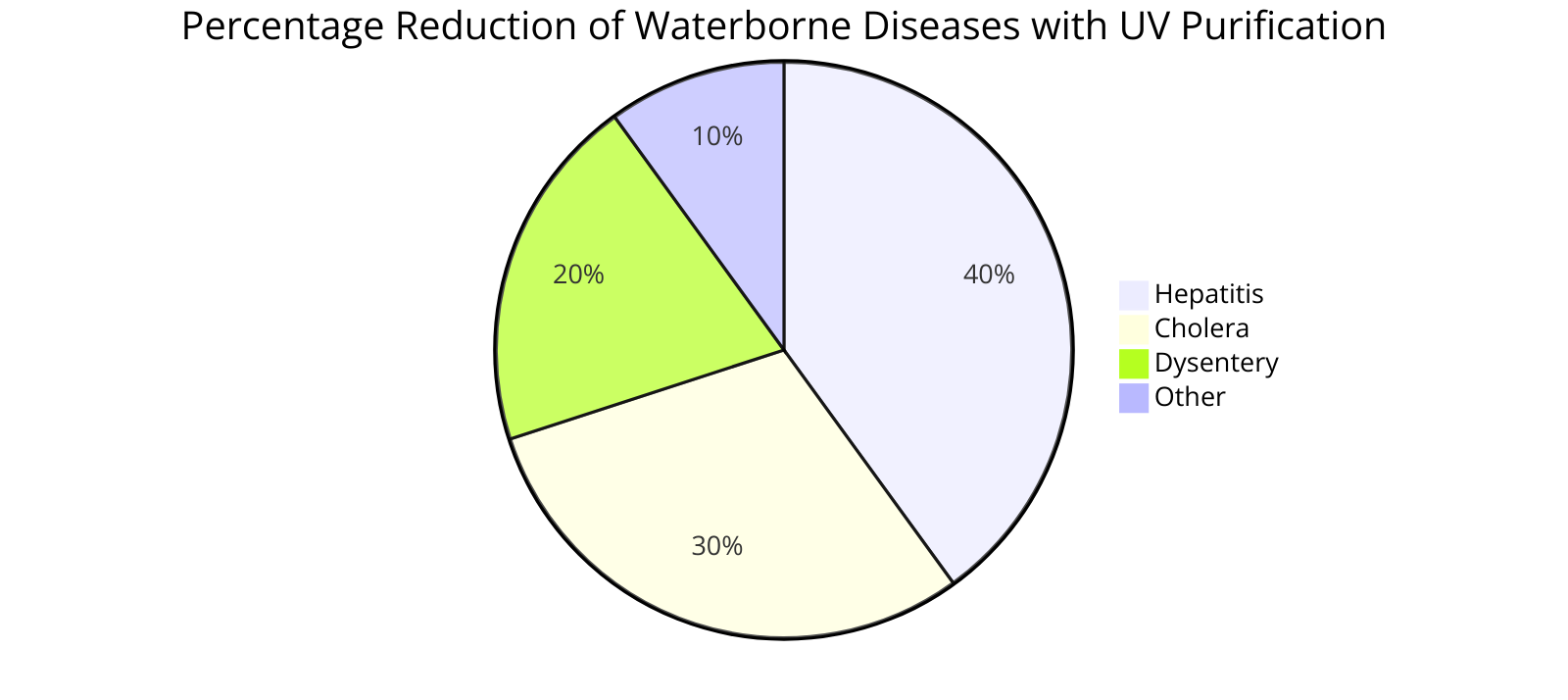
When coupled with proper evaporation techniques for rainwater collection from your downspouts, UV purification can provide a cost-effective alternative to traditional water sources.
Helping you save money on your water bill while ensuring your access to fresh water.
Utilizing RO and Berkey Water Systems for Pristine Drinking Water
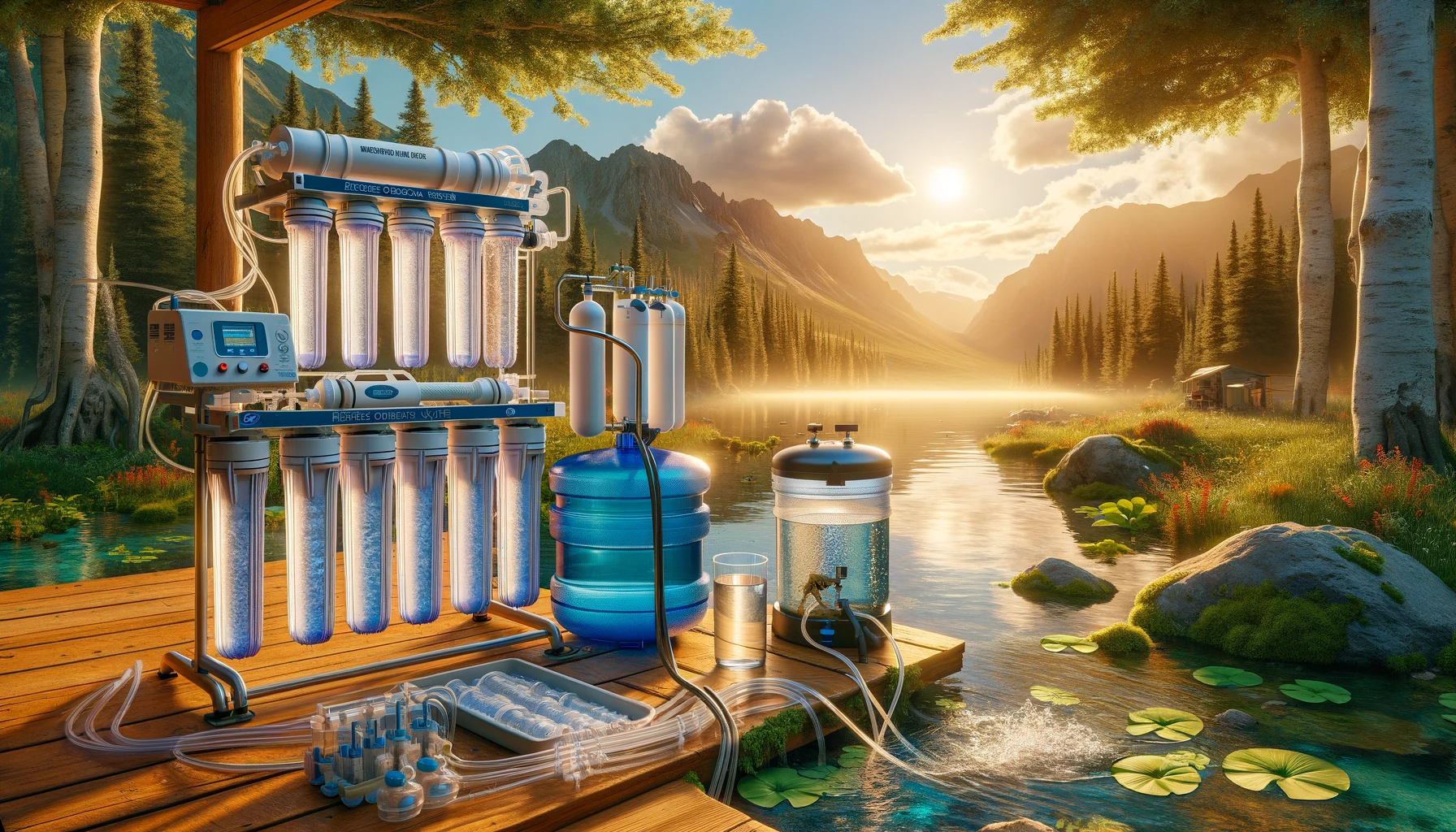
Why RO and Berkey Water Systems are Essential
When filtering rainwater to make it safe for consumption, it’s crucial to have reliable systems in place.
RO and Berkey water systems are effective in purifying harvested rainwater from any potential contaminants that could contaminate the water.
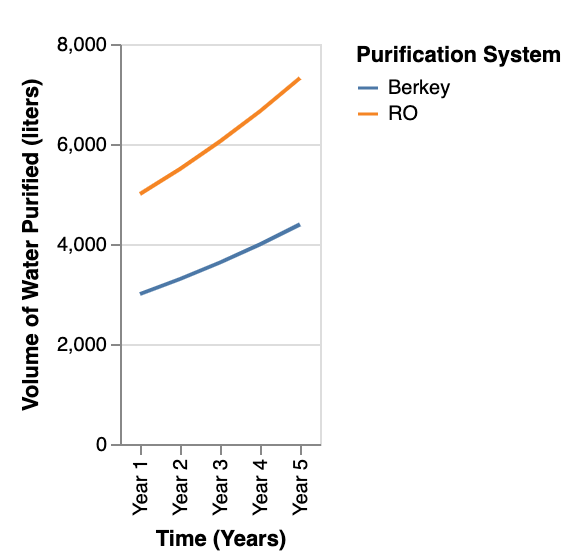
With these systems, you can ensure that the drinking rainwater you collect is as safe as commercially available bottled water.
Keeping Your Water Safe with RO and Berkey Systems
Purified rainwater is an excellent source of water for daily use, but ensuring it’s water safe to drink is essential.
RO and Berkey water systems help eliminate harmful bacteria and viruses that might be present in the water from rainwater flows.
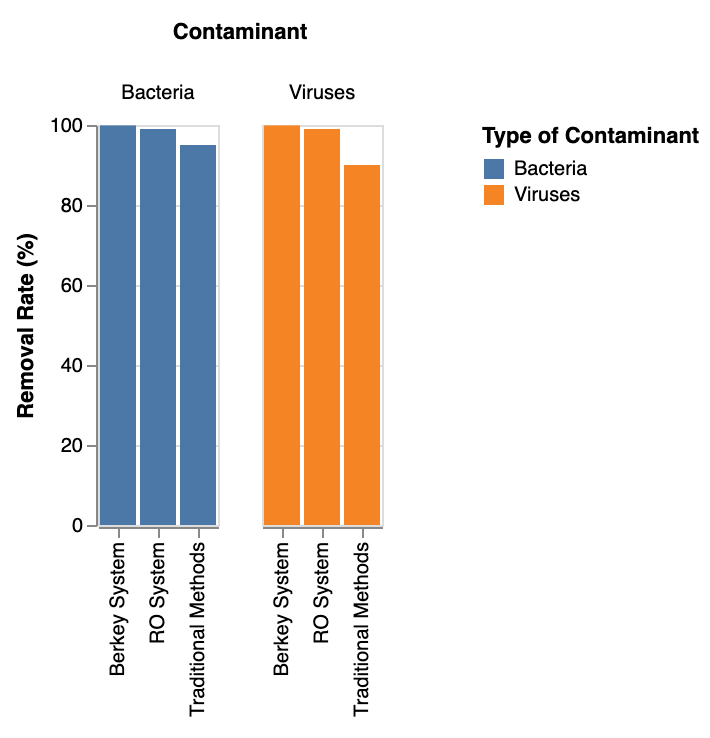
By consistently using these systems, you can keep your water free of contaminants and suitable for consumption.
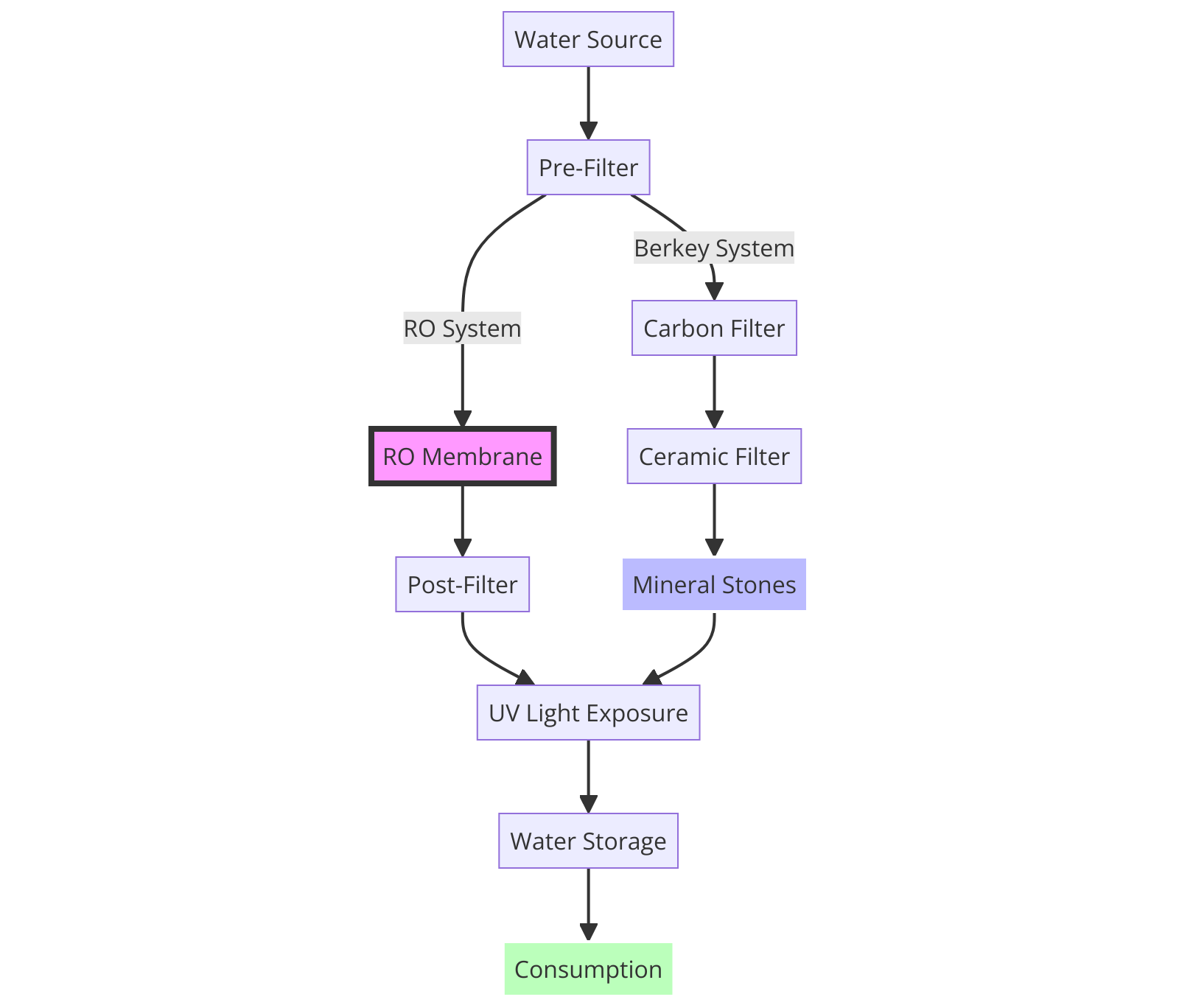
Best Practices for Storing and Using Purified Rainwater
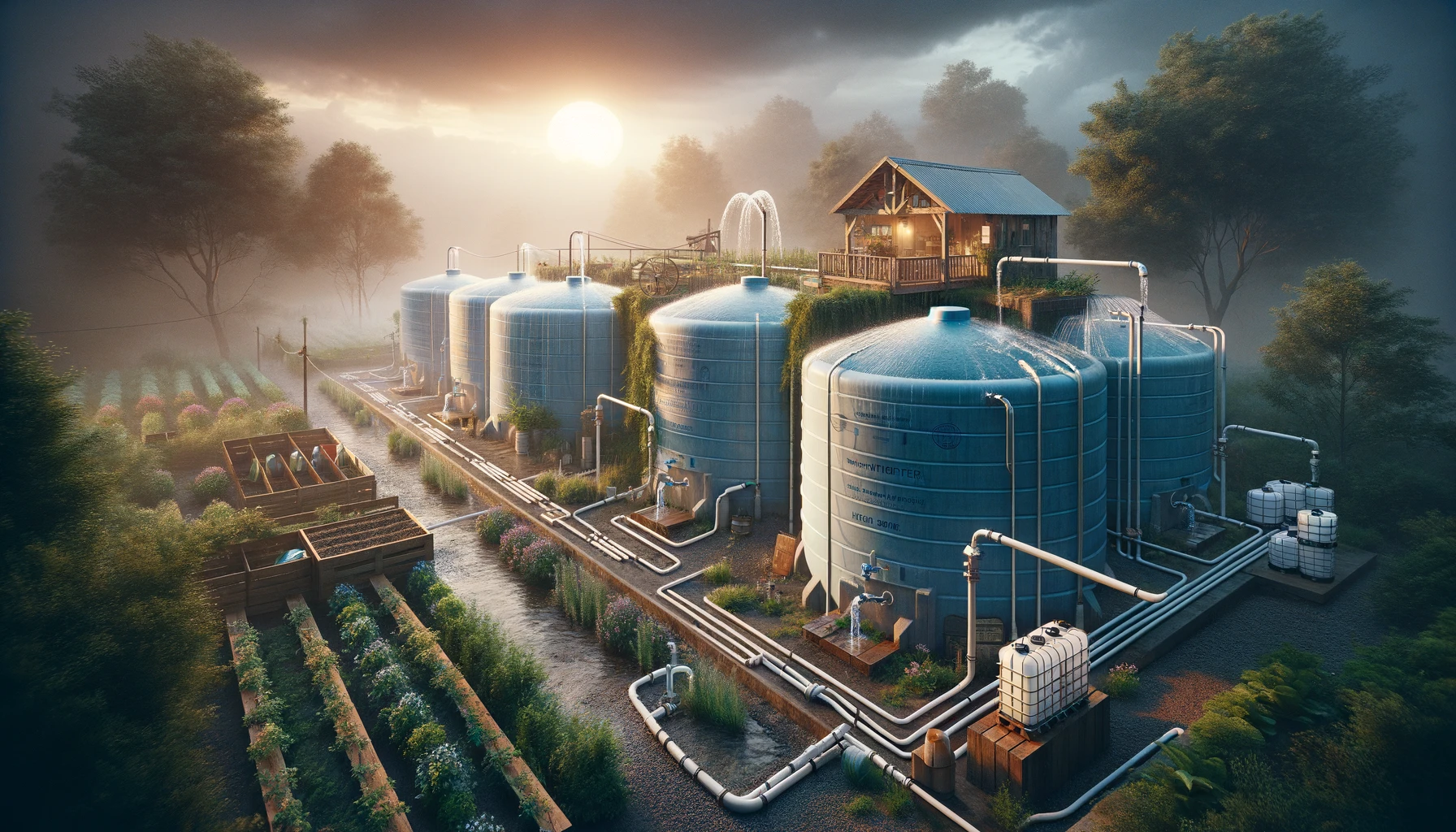
Storing:
Proper storage of purified rainwater is crucial to maintain the quality of the potable water.
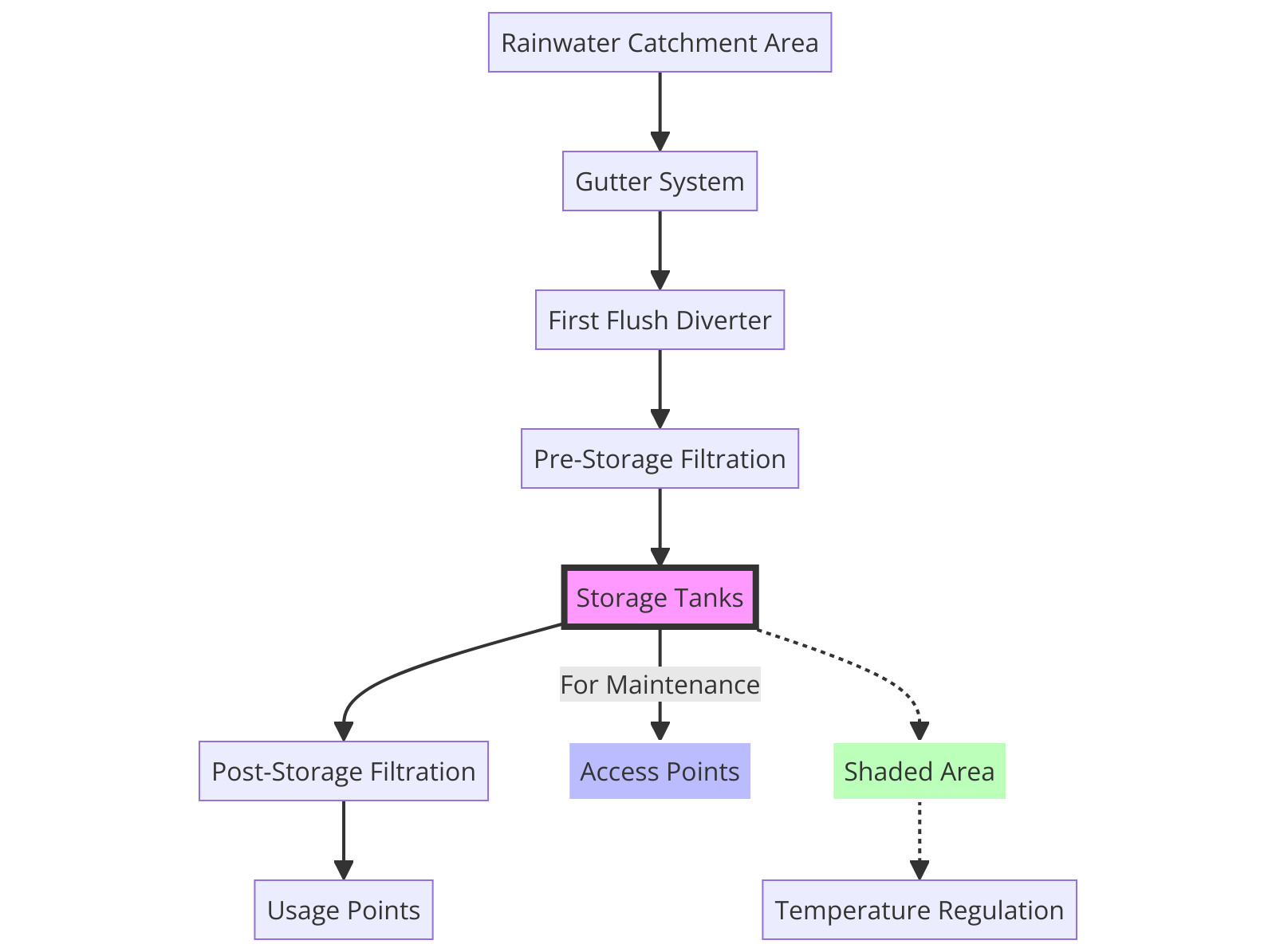
After collecting rainwater, ensure your tanks are clean and free from debris to prevent contamination.
Check for leaks regularly to avoid any loss of water.
| MAINTENANCE CHECK | FREQUENCY | DESCRIPTION |
|---|---|---|
| Visual Inspection | Weekly | Check for signs of leaks, corrosion, or damage. |
| Cleanliness Assessment | Monthly | Inspect tank interior for sediment, biofilm, or algae. |
| Chlorination | Quarterly | Disinfect tank with chlorine to kill bacteria. |
| Water Quality Testing | Semi-annually | Test water for pH, turbidity, and microbial presence. |
| Structural Integrity Check | Annually | Ensure tank structure and supports are sound. |
| Overflow and Vent Check | Annually | Inspect overflow and vent pipes for blockages. |
Usage:
When utilizing purified rainwater for drinking, always ensure that the water is filtered and treated using appropriate purification methods to make it safe to drink.
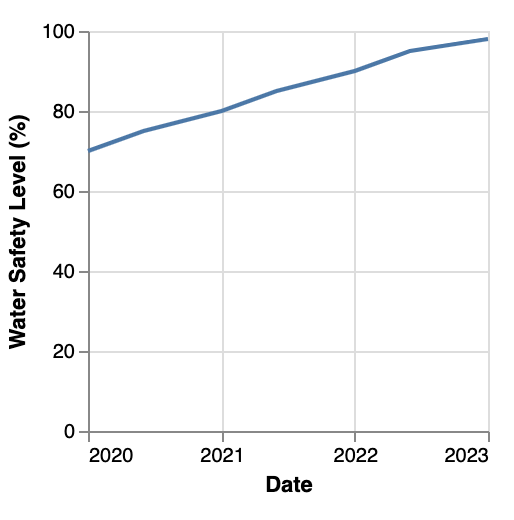
If needed, boil the water before consumption to eliminate any remaining contaminants.
Remember, rainwater contains much water, but it’s essential to prioritize quality drinking water over the quantity of water.
Ensuring Your Rainwater is Potable and Safe to Drink
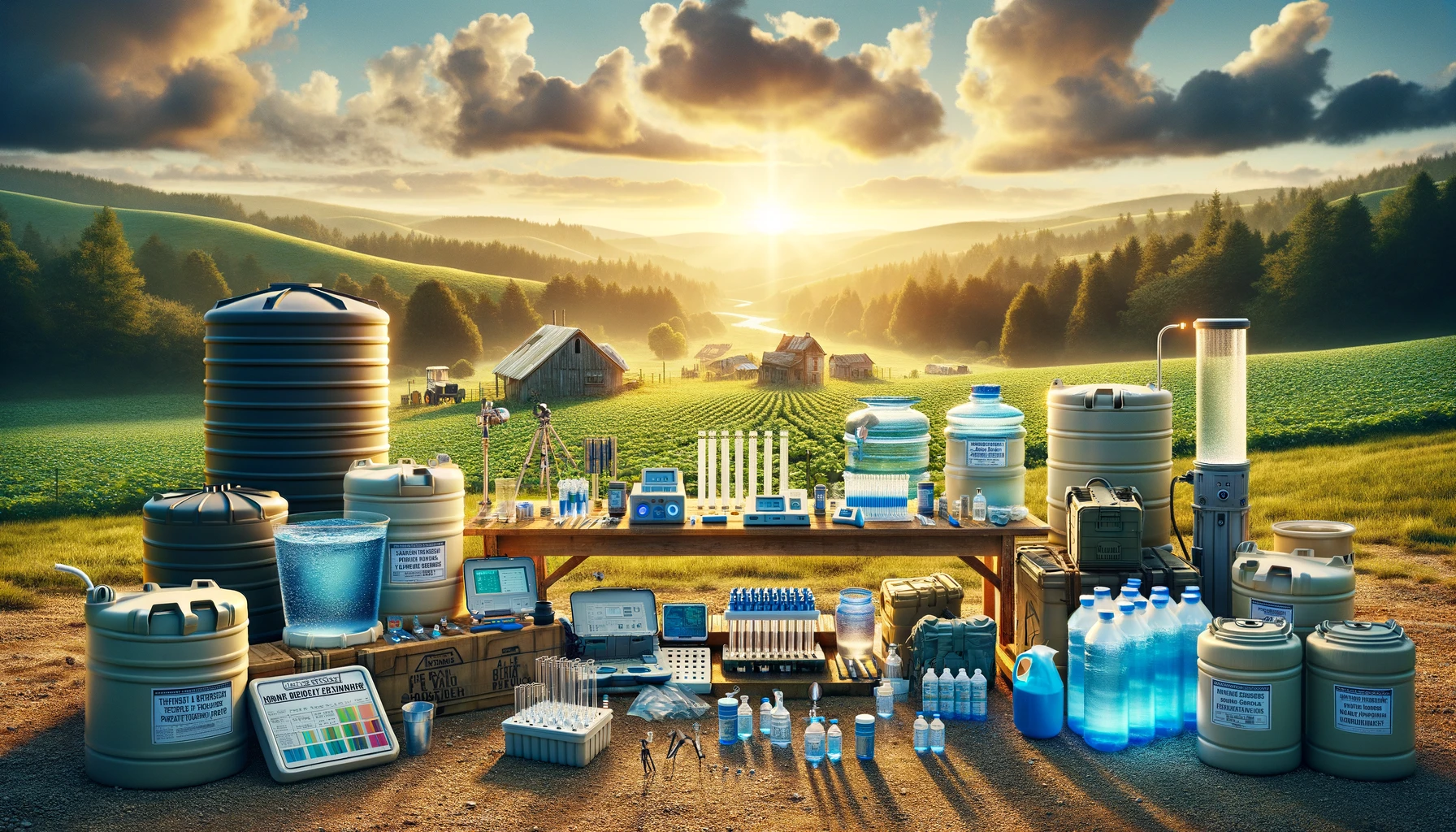
Implementing a Boiling Process
Boiling is a simple yet effective method to make sure your rainwater is safe for consumption.
By bringing the water to a rolling boil for at least one minute, any naturally occurring organic and bacterial contaminants are eliminated, making it completely safe to drink.
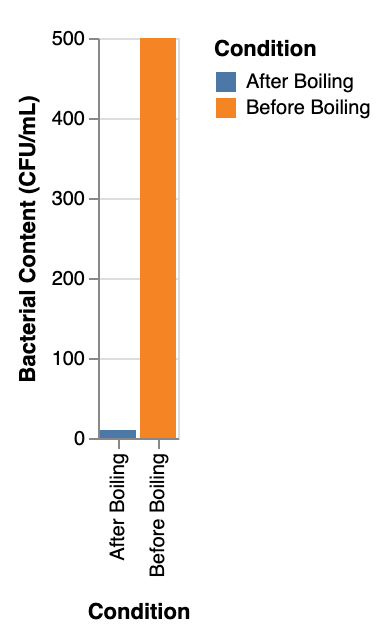
Remember, you don’t need to fill a huge pot with water for this process – just pouring about 2.3 fluid ounces (70 milliliters) per serving is enough.
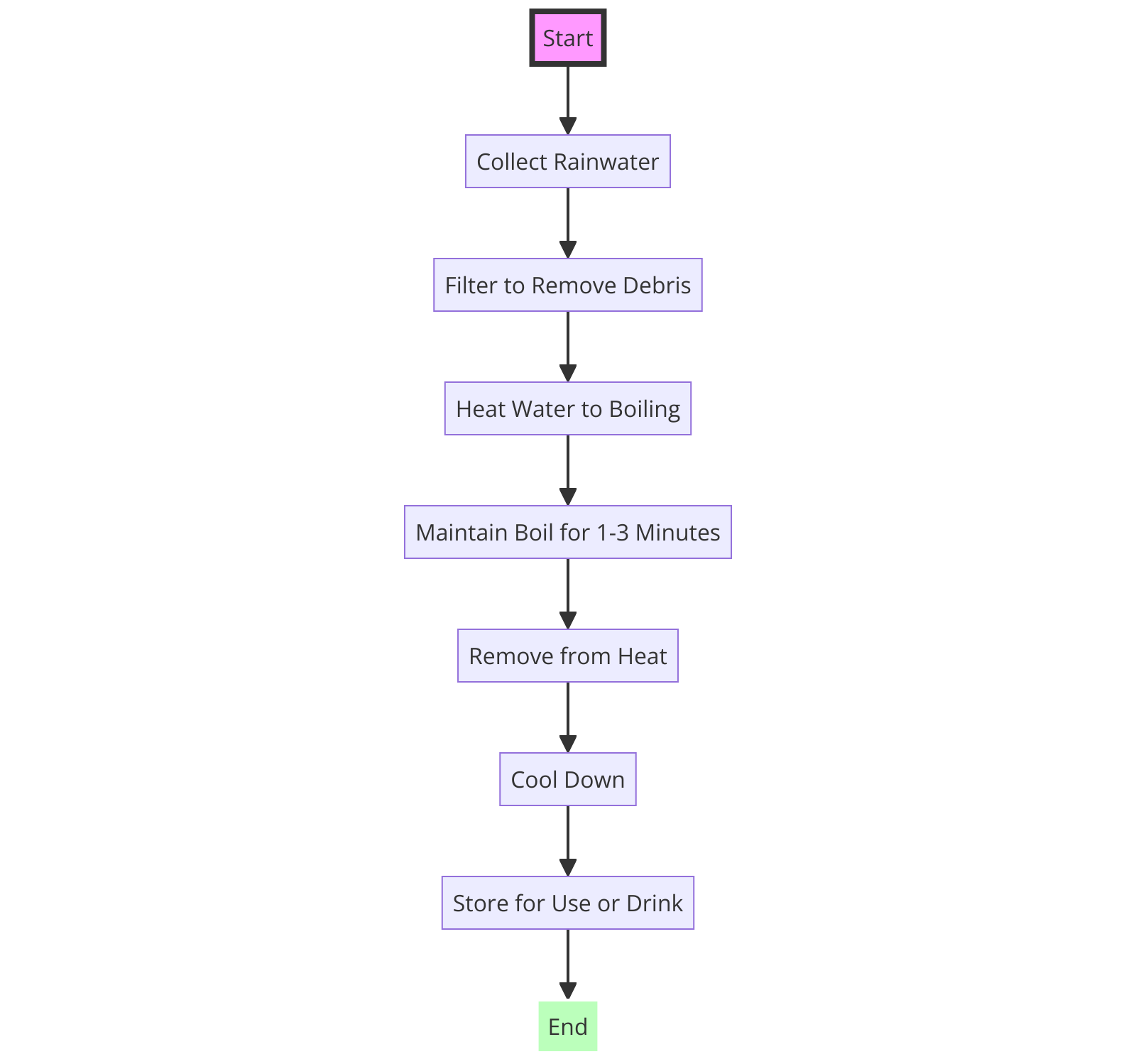
Utilizing Filtration and Disinfection
Filtration and disinfection are key steps to ensure that your rainwater is free from impurities.
Investing in a reliable water filtration system that is effective at separating virtually all impurities, including those that affect the taste, odor, and appearance of water, is crucial.
| METHOD | EFFECTIVENESS | COST | MAINTENANCE |
|---|---|---|---|
| UV Disinfection | Very High | Moderate | Periodic lamp replacement, quartz sleeve cleaning |
| Chemical Treatment | High | Low – Moderate | Regular addition of chemicals, occasional flushing |
| Activated Charcoal | Moderate – High | Moderate | Regular replacement of filters, occasional backwashing |
| Reverse Osmosis | Very High | High | Regular filter replacement, membrane cleaning |
| Sediment Filtration | Low – Moderate | Low – Moderate | Regular cleaning or replacement of filters |
Additionally, disinfecting the water with chemical treatments or UV purification can further enhance its safety.
More Resources:
- Rainwater Harvesting: Guidance for Homeowners provides a comprehensive overview of system components and installation advice.
- Rainwater Harvesting 101 offers insights into the benefits, importance, and practical tips for collecting rainwater.
- CDC’s Guidelines on Rainwater Collection highlight the importance of regular testing and maintenance to ensure water safety.
- The Homeowner’s Guide to Rainwater Harvesting discusses the practical aspects, including legal considerations and system costs.
- User Guide for Potable Rainwater Harvesting by Coconino County, Arizona, emphasizes the importance of adhering to regulations for potable use.


